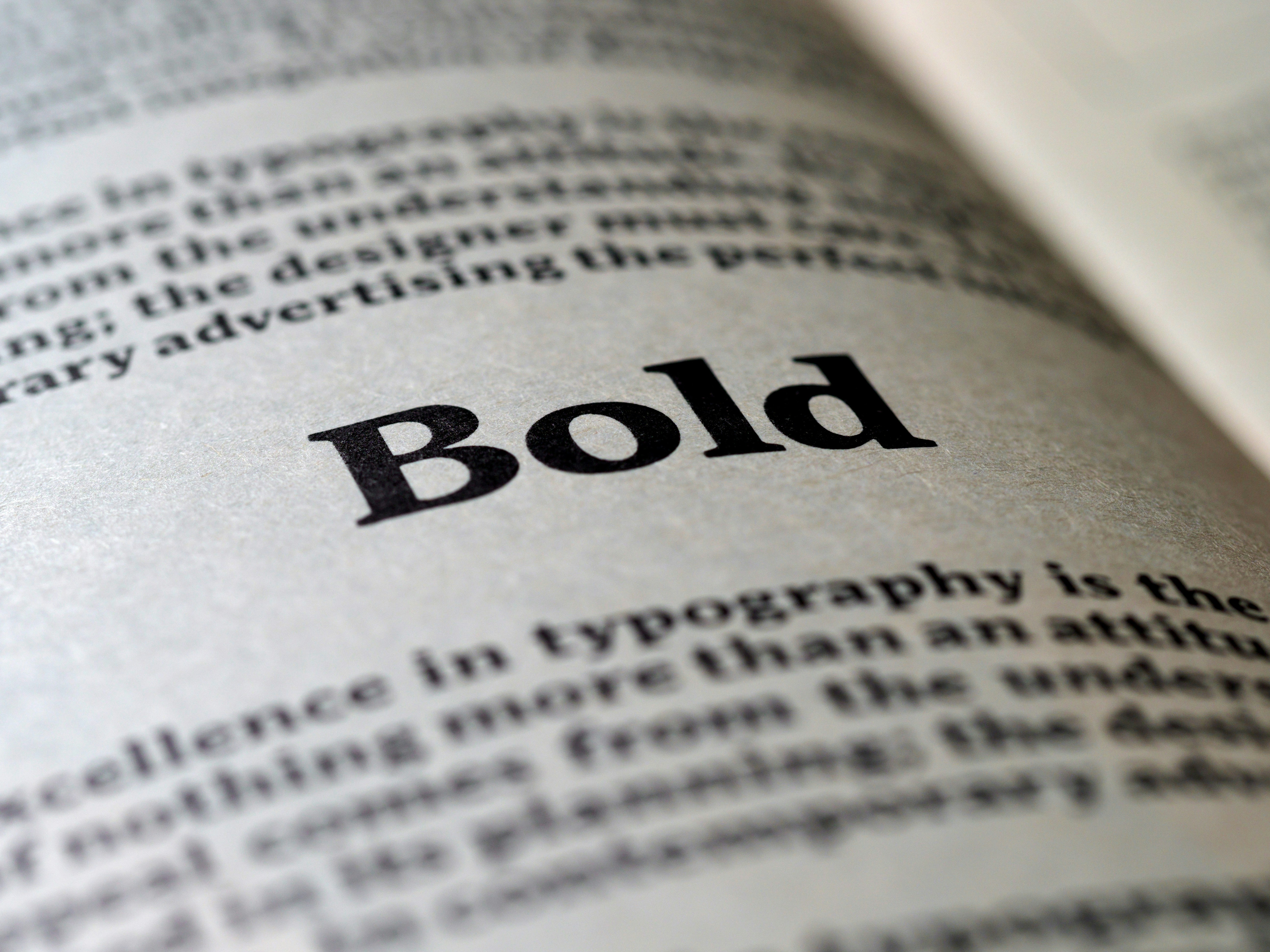
The Psychology of Bold Text: Why It Captures Attention
In the digital age, capturing and maintaining attention has become one of the most challenging aspects of communication. Whether you're designing a website, creating social media content, or crafting marketing materials, understanding the psychology behind visual elements can make the difference between content that gets noticed and content that gets ignored.
The Science Behind Visual Attention
Our brains are wired to notice contrast and variation. When we scan text, our eyes naturally gravitate toward elements that stand out from the surrounding content. Bold text creates this contrast through increased font weight, making it a powerful tool for directing attention.
Research in cognitive psychology shows that our visual system processes information hierarchically. We first notice high-contrast elements, then move to secondary information. This is why bold text is so effective – it hijacks this natural processing pattern.
Why Bold Text Works
Immediate Visual Impact
Bold text creates an immediate visual hierarchy that guides readers through your content. It acts as a roadmap, helping users quickly identify the most important information without having to read every word.
Cognitive Load Reduction
By highlighting key points with bold text, you reduce the cognitive load on your readers. They can scan your content more efficiently, picking up the main ideas even during a quick read.
Enhanced Memory Retention
Studies have shown that information presented in bold text is more likely to be remembered. The visual emphasis creates stronger memory traces, making your key messages more memorable.
The Neuroscience of Typography
Neuroscientific research reveals that different font weights activate different areas of the brain. Bold text triggers stronger responses in the visual cortex, creating more robust neural pathways associated with the information.
The Attention Network
Our brains have three attention networks:
- Alerting: Maintaining vigilant state
- Orienting: Directing attention to specific locations
- Executive: Resolving conflicts between stimuli
Bold text primarily activates the orienting network, automatically directing our focus to emphasized content.
Practical Applications
Web Design
In web design, bold text serves multiple purposes:
- Navigation: Helping users find their way
- Hierarchy: Establishing content importance
- Accessibility: Improving readability for users with visual impairments
Marketing and Advertising
Marketers leverage bold text to:
- Highlight key benefits
- Create urgency
- Guide the reader's journey through the sales funnel
Educational Content
In educational materials, bold text helps:
- Emphasize key concepts
- Create study guides
- Improve comprehension and retention
Best Practices for Using Bold Text
Strategic Placement
Don't overuse bold text. Strategic placement is key:
- Use it for headings and subheadings
- Highlight key statistics or facts
- Emphasize calls-to-action
Maintain Readability
While bold text draws attention, it should never compromise readability:
- Ensure sufficient contrast with the background
- Choose appropriate font sizes
- Consider the overall design context
Cultural Considerations
Different cultures may interpret bold text differently. What seems assertive in one culture might appear aggressive in another. Always consider your audience when implementing bold typography.
The Future of Bold Text
As technology evolves, so does our understanding of visual attention. Emerging research in areas like eye-tracking and brain imaging continues to refine our knowledge of how bold text affects perception and behavior.
Variable Fonts
Variable fonts allow for more nuanced control over font weight, enabling designers to create subtle hierarchies that guide attention without overwhelming the reader.
Accessibility Improvements
New accessibility standards are making bold text more inclusive, ensuring that emphasis techniques work for users with various visual abilities.
Conclusion
The psychology of bold text is rooted in fundamental principles of human perception and cognition. By understanding these principles, you can create more effective, engaging content that not only captures attention but also enhances comprehension and retention.
Remember, bold text is a tool – like any tool, its effectiveness depends on how skillfully it's used. When applied thoughtfully and strategically, bold text can transform ordinary content into compelling, memorable communication that truly resonates with your audience.
Whether you're a designer, marketer, educator, or content creator, mastering the psychology of bold text will give you a significant advantage in our attention-driven digital world.